In Photos: Treasures of Mesopotamia
Ram in the Thicket
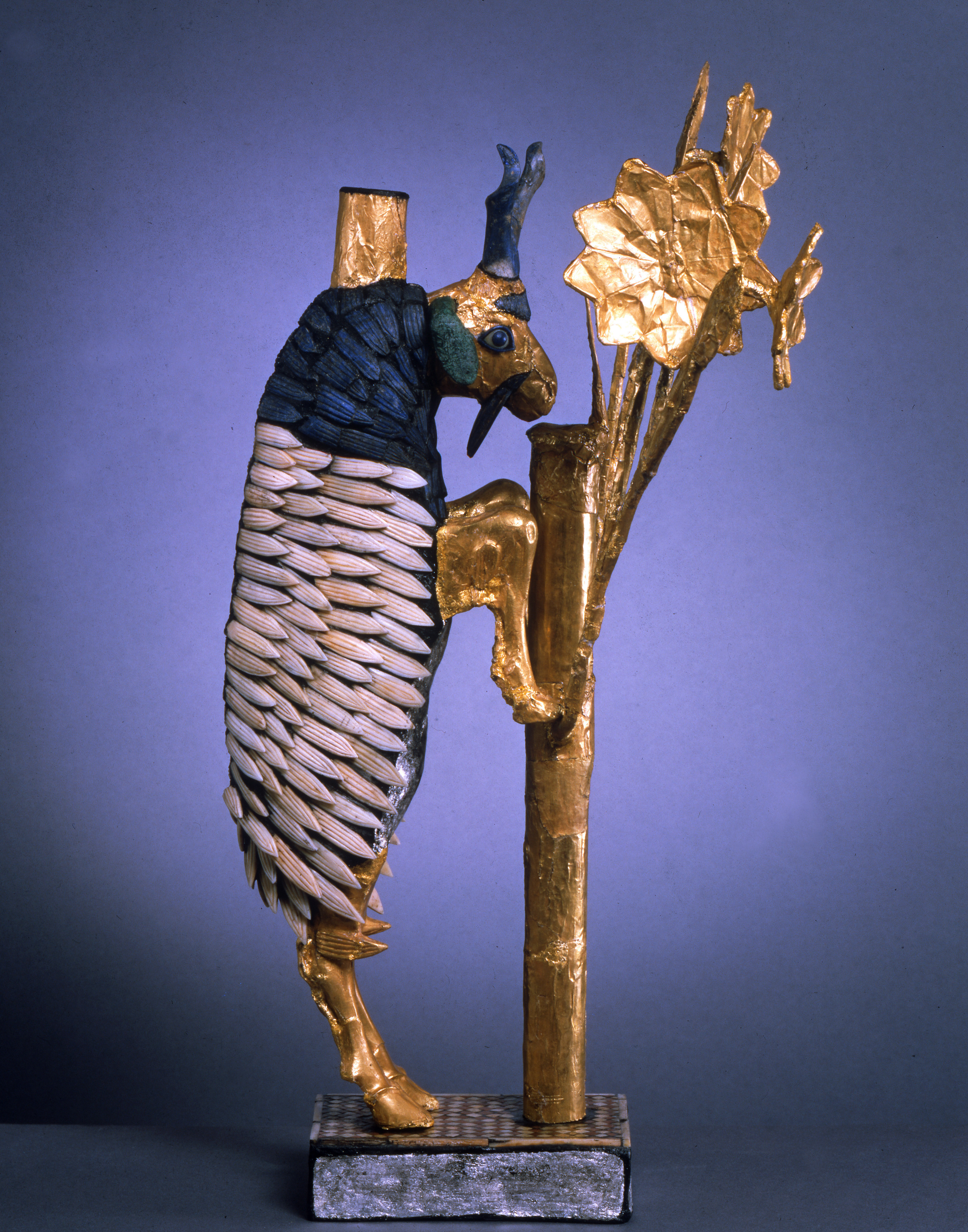
This statuette, popularly known as the "ram in the thicket," is about 17 inches (42.5 cm) tall. It shows a goat jumping up on a flowering plant or tree and is one of two examples from the “great death pit” at Ur, which also contains the remains of 68 women and 6 men who appear to have been sacrificed. It is made of silver, shell, gold, lapis lazuli and carnelian and may have been used to support a small offering table. It dates to between 2650-2550 BC and is now part of the University of Pennsylvania Museum of Archaeology and Anthropology collection.
Goat Peering Through the Thicket
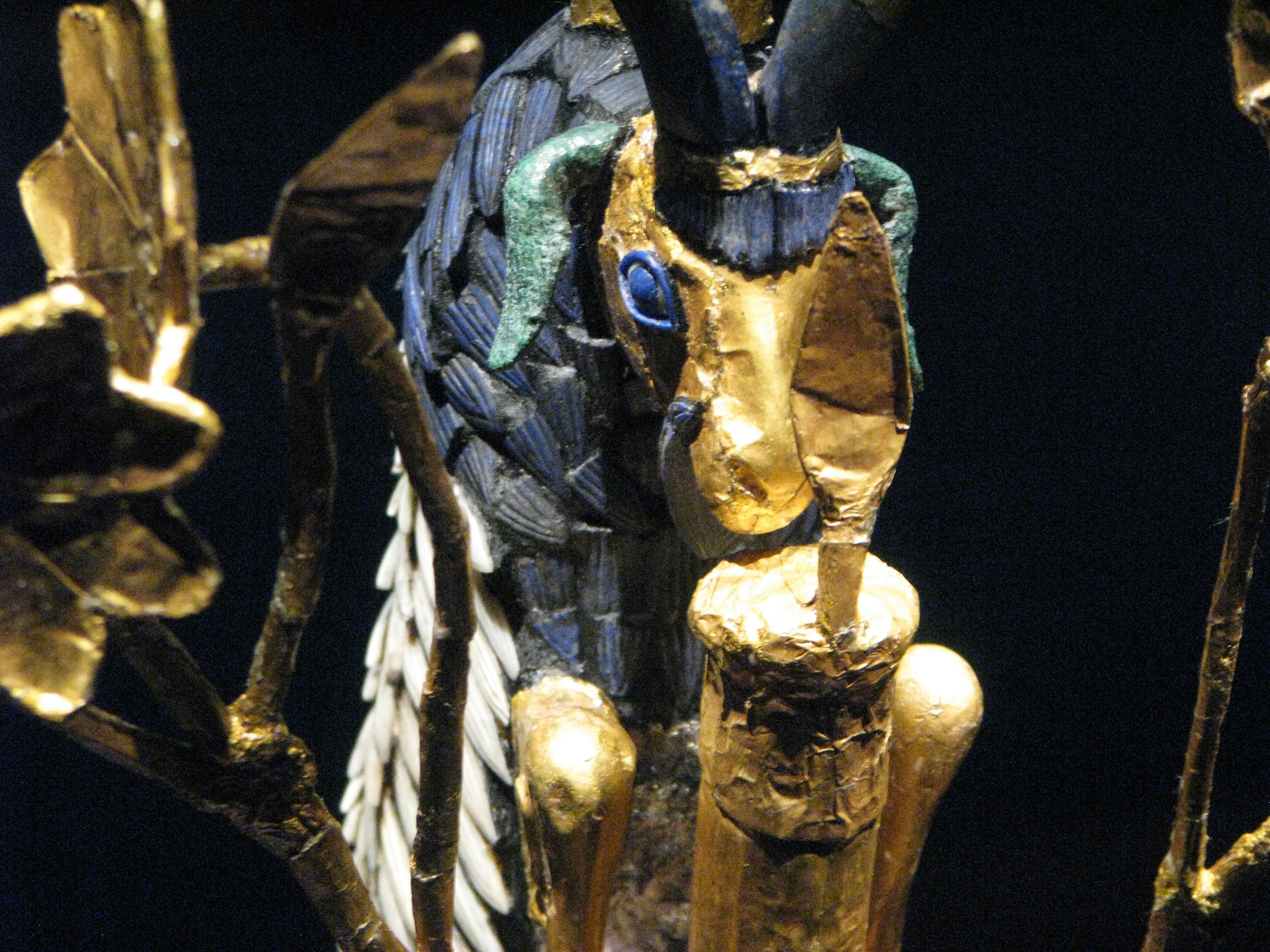
A photo of the goat peering through the thicket. Its details are remarkably well preserved despite the passage of more than 4,500 years of time.
King’s Grave Headdress
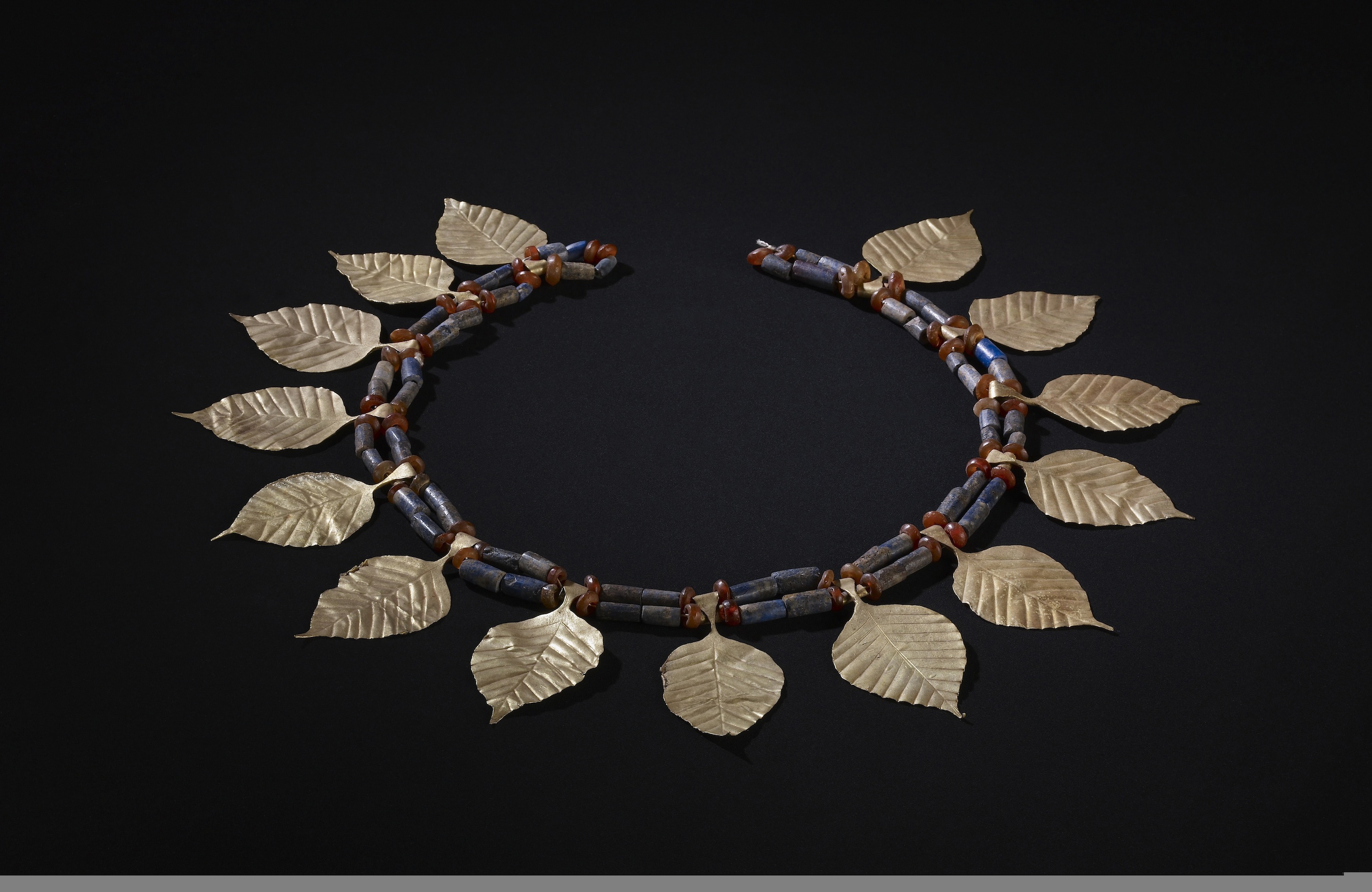
This headdress, with gold leaf pendants and beads made of lapis lazuli and carnelian, is from the royal cemetery at Ur in Iraq and dates back to around 2,500 BC. It was worn by one of many female attendants found in a tomb known as the “king’s grave.” The woman who wore this may have been sacrificed along with dozens of others.
Lapis Lazuli Collar from Death Pit
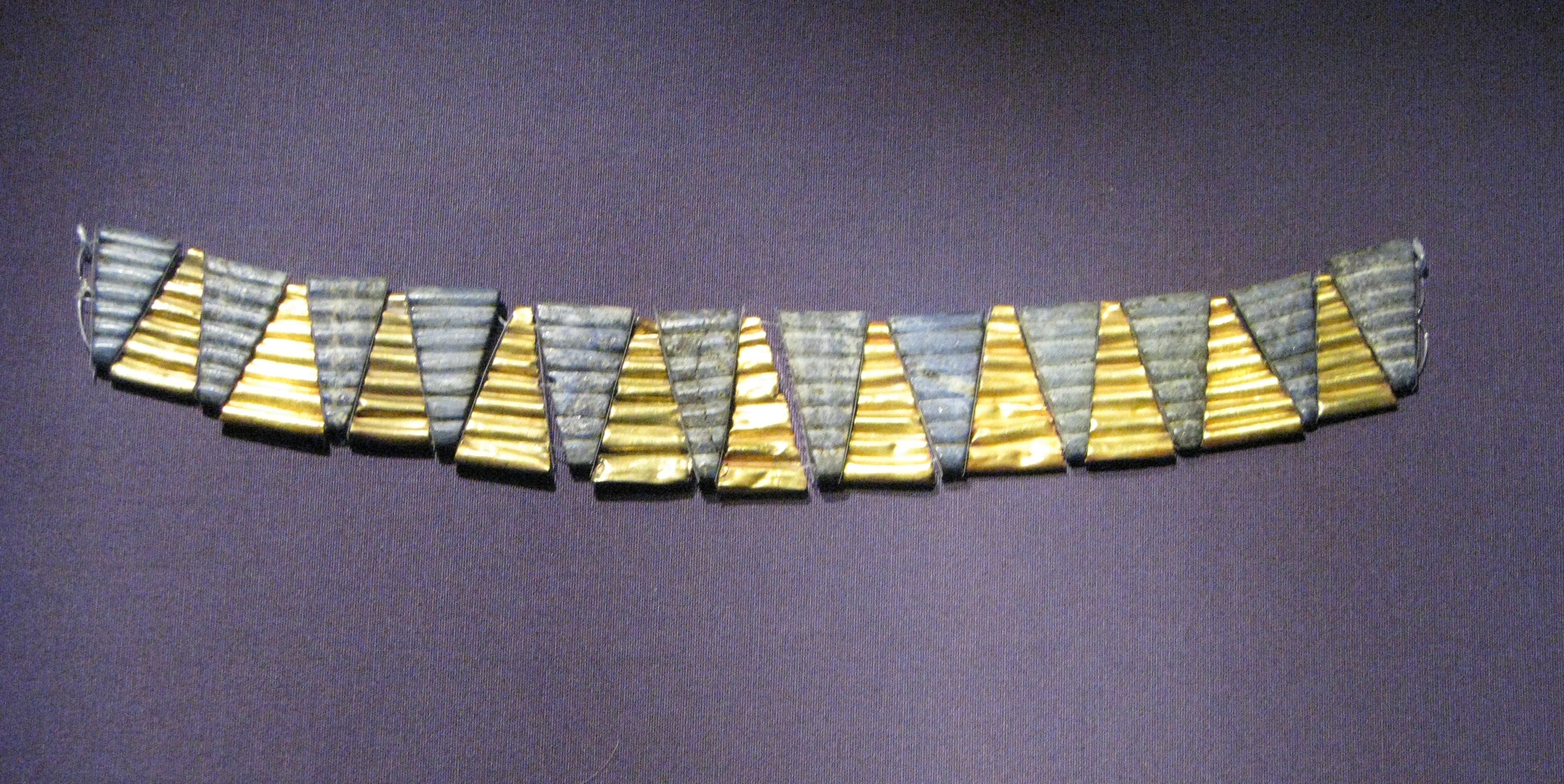
A collar consisting of gold and lapis lazuli from the great death pit at Ur. The item was worn by a woman who may have been sacrificed.
Headdress and Necklace from Royal Cemetery
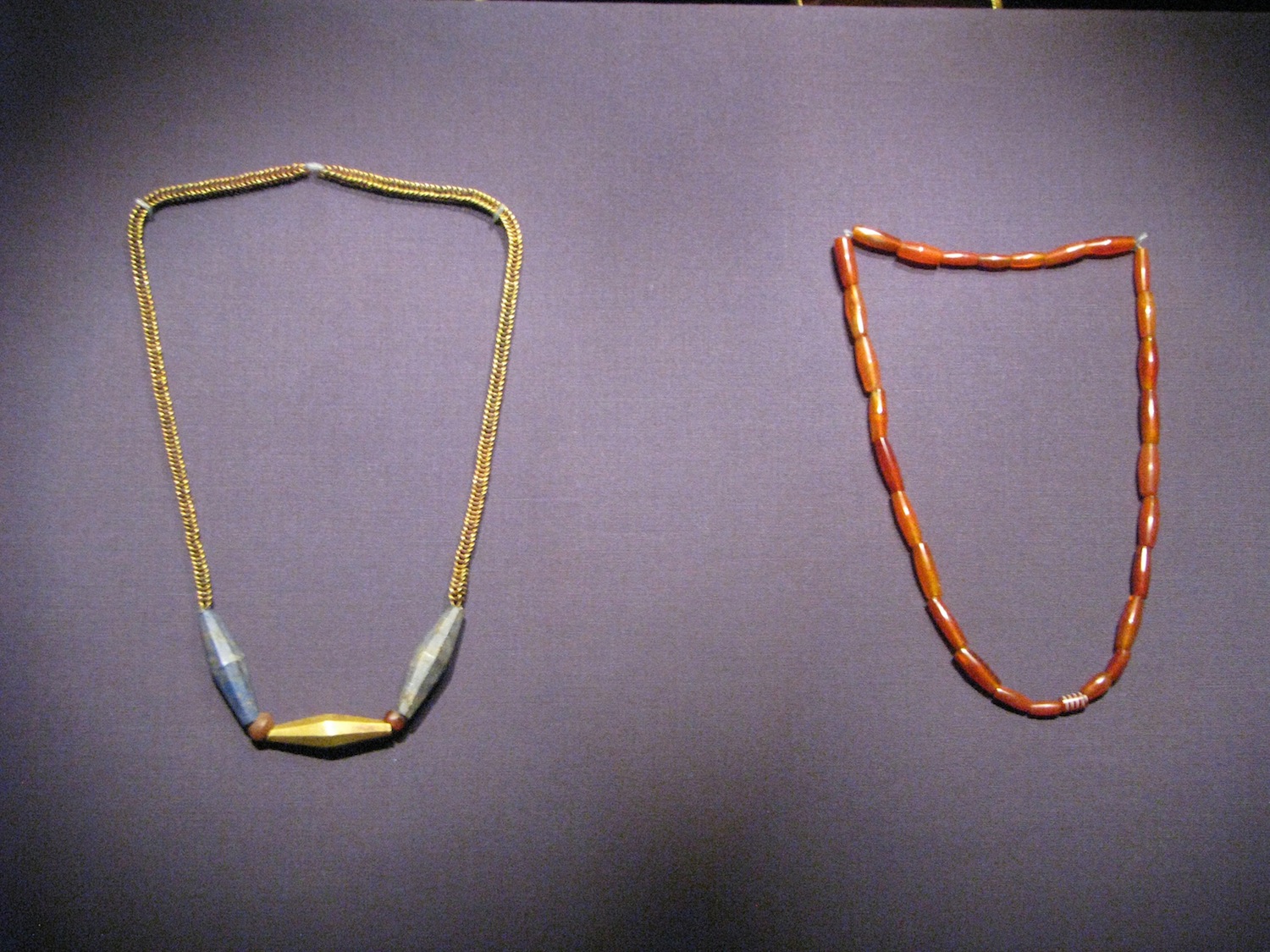
The headdress on the left is from the Ur royal cemetery. It is made of gold and lapis lazuli and would have been worn by a male. The necklace in the right is made of carnelian beads. It is also from Ur's royal cemetery and it has white etching, which was produced using a technique the Mesopotamians learned from the Indus Valley Civilization in South Asia.
Gold Cup with Long Snout

Found in the death pit of Queen Puabi, at Ur, the long snout of this cup would have been used like a straw. Researchers say that it was probably used for drinking beer and its gold would have been imported from Iran or Turkey. Puabi may have ruled as a queen in her own right. Penn Museum researchers note that cuneiform inscriptions make no mention of her husband, something unusual in Mesopotamia.
Statue of Gudea
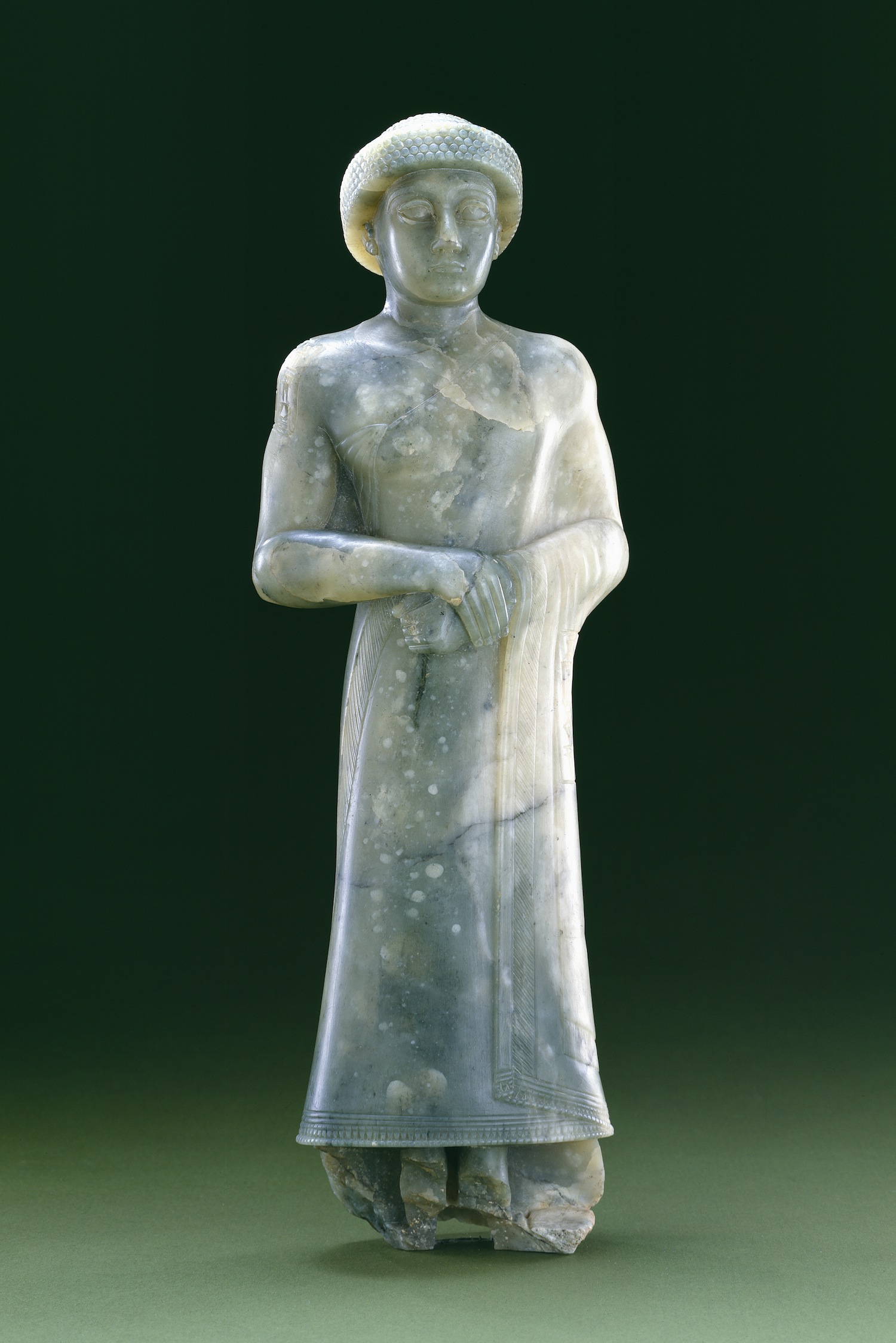
This 16 inch (40 cm) statue dating between 2141 - 2122 BC depicts Gudea who ruled the city-state of Lagash. Researchers note that Gudea chose to be depicted in a humbler pose than other rulers of his day, perhaps to emphasize his religious piety.
Get the world’s most fascinating discoveries delivered straight to your inbox.
Statue of King Ashurnasirpal II

This statue of King Ashurnasirpal II, from the Temple of Ishtar at Nimrud, is more than 44 inches (113 cm) tall and dates to around 875-860 BC. Ashurnasirpal II consolidated the Assyrian Empire brutally. In one inscription he describes the torching of a city claiming to have “hung their [his enemies] heads on trees around the city.” An inscription on this particular statue describes him as “king of the universe” and this artifact is a rare example of an Assyrian sculpture in the round.
Close-Up of King Ashurnasirpal II Statue
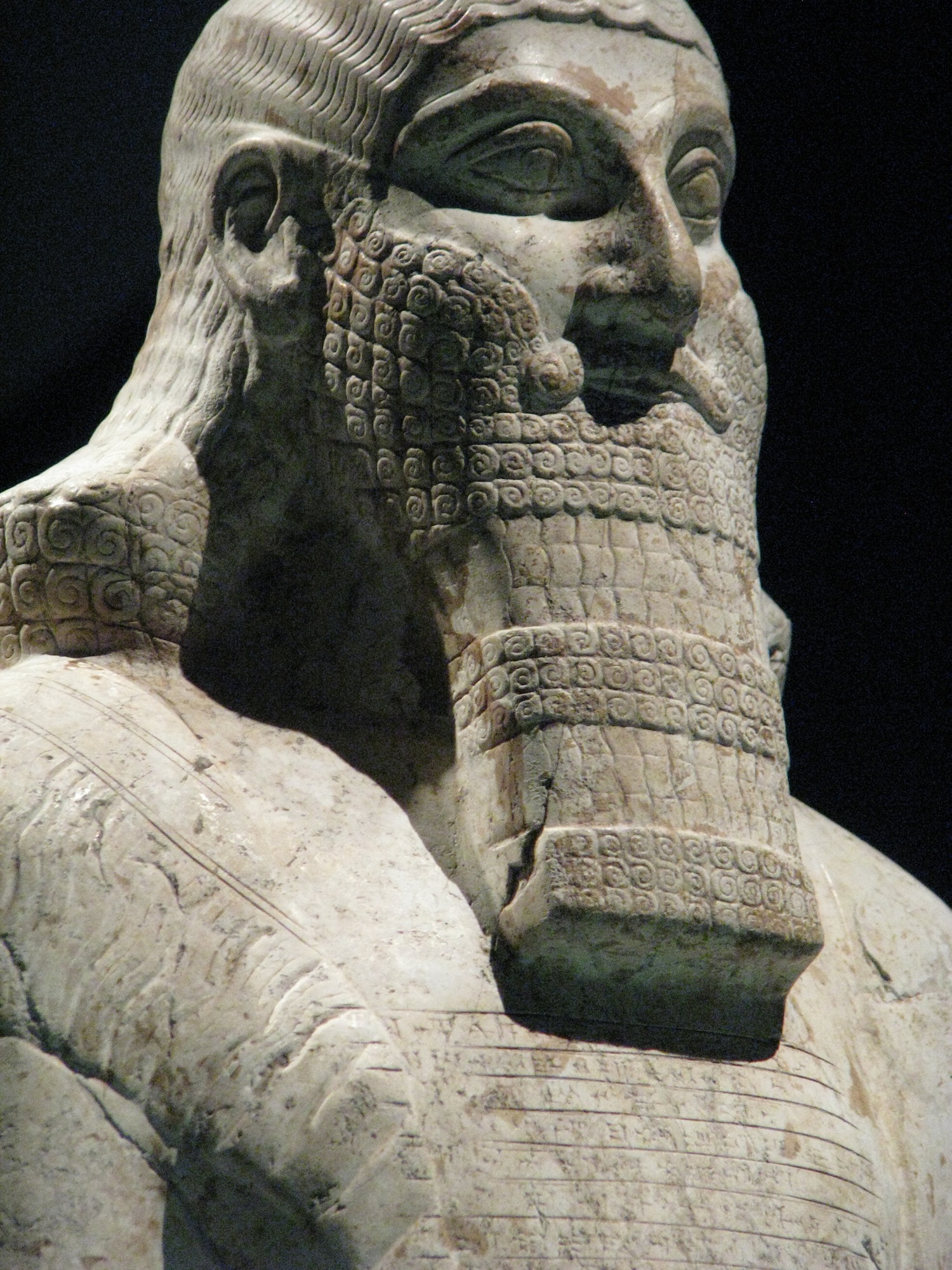
A close-up of the king's head showing his intricately detailed beard.
Dying Lion Relief
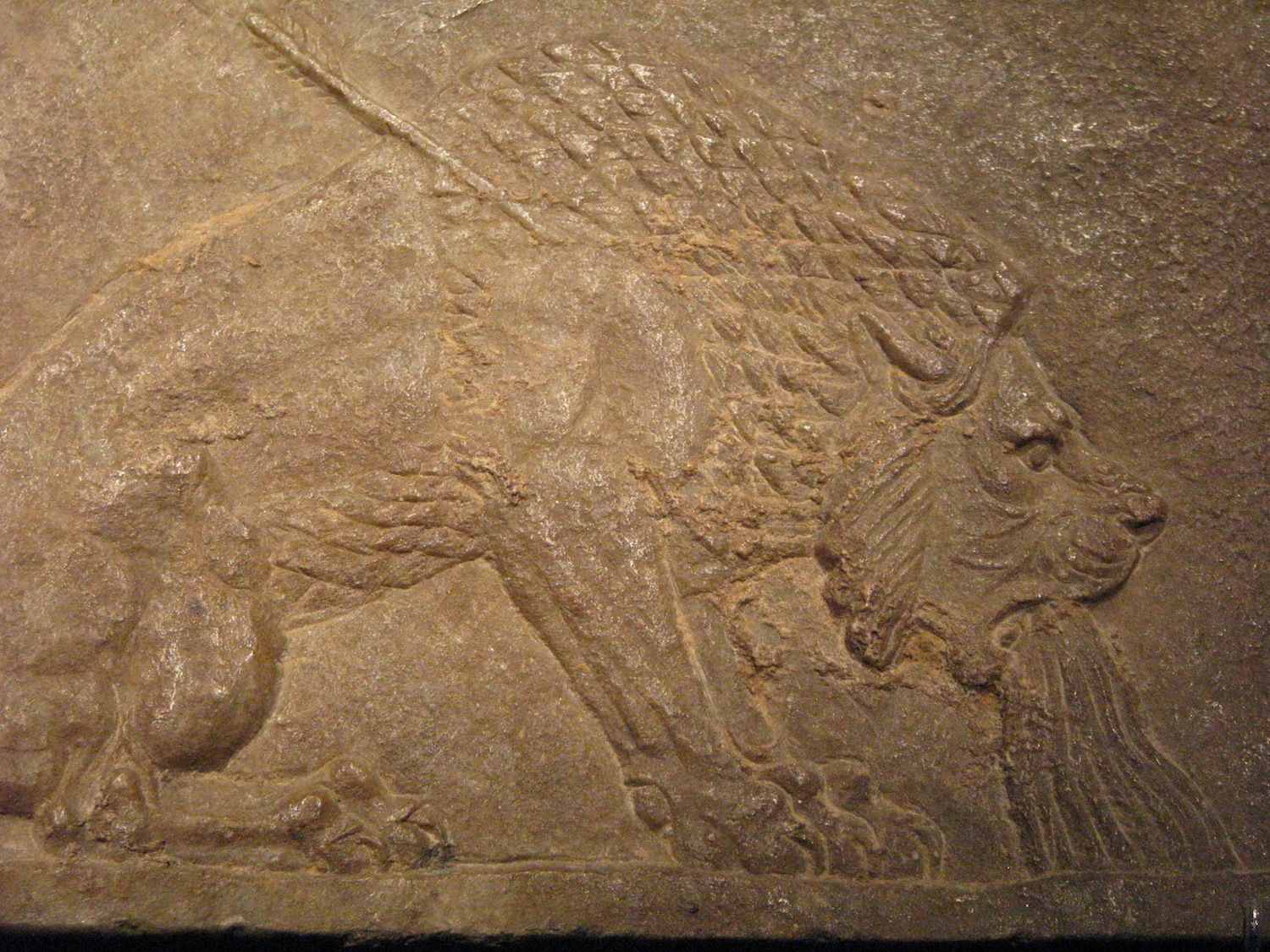
This relief of a stabbed and dying lion is from the north palace at Nineveh, dating to around 645-640 BC. It was originally part of a larger relief that showed the Assyrian King Ashurbanipal hunting lions from his chariot. Among the king’s military achievements was the defeat of the Egyptian pharaoh Taharqa, appointing a pro-Assyrian ruler in his place.
Dog Gypsum Relief

Part of a gypsum relief from the north palace at Nineveh. It shows a dog participating in a hunt.

Owen Jarus is a regular contributor to Live Science who writes about archaeology and humans' past. He has also written for The Independent (UK), The Canadian Press (CP) and The Associated Press (AP), among others. Owen has a bachelor of arts degree from the University of Toronto and a journalism degree from Ryerson University.


